By NEN SATOMI/ Staff Writer
March 12, 2024 at 17:55 JST
Projecting power from beneath the sea, the Japan Maritime Self-Defense Force has launched a new submarine, with an eye toward China's increasing maritime activities.
The Jingei, the third of the Taigei-class submarines, was commissioned in the port city of Kobe on March 8 to the MSDF's fleet of 22 submarines.
The new vessel was handed over to the MSDF at a ceremony held at the Mitsubishi Heavy Industries Ltd.’s Kobe Shipyard on the same day.
“In defending our country, which is surrounded by the sea, the role of the MSDF Fleet Submarine Force is becoming increasingly significant,” Kazuo Masuda, vice defense minister, said at the ceremony.
The Jingei, which started construction in 2020, measures 84 meters long and 10.4 meters deep, with a standard displacement of 3,000 tons.
The submarine is equipped with lithium-ion batteries, enabling it to have a longer diving time and cruising distance than older models with lead-acid batteries.
According to the MSDF, improvements in the ship’s structure have boosted its stealth capability and high-performance sonar has enhanced its detection ability.
The Jingei operates more quietly because it uses electricity for propulsion and also is smaller than nuclear-powered submarines, making it harder to be detected.
However, when the submarine runs low on power, it needs to intake air through its snorkel and run its diesel generators to recharge its batteries.
The government decided to increase the MSDF submarine fleet from 16 to 22 ships in 2010 and achieved this goal in 2022.
While maintaining the size of the fleet, the MSDF is replacing one aging model with a new one each year, aiming to update the entire fleet by fiscal 2029.
Not many countries have the capability to build submarines domestically. The updates are also meant to preserve the technological abilities of Japan’s defense industry.
At the end of 2022, the government revised three key national security documents. The revisions specified the need to possess the ability to counterattack enemy bases by using so-called “stand-off defense capability,” which enables strikes from outside the enemy’s attack range.
The MSDF will work on developing state-of-the-art submarines that have such counterattack capabilities with their missile Vertical Launching System (VLS).
Compared to surface ships, submarines are easier to operate independently with only about 70 crew members needed.
Kazuki Yano, former commander of the MSDF Fleet Submarine Force, said submarines are the "ace in the hole" of Japan’s security strategy.
As for the new submarines’ launch system, he said, “It is necessary to fire a significant number of missiles that the enemy cannot deal with.”
The United States highly values the MSDF’s high-performance submarines.
A U.S. Defense Department official expressed hopes for joint operations between the U.S. Navy and the MSDF Fleet Submarine Force in the event of a contingency in Taiwan.
“U.S. nuclear submarines would likely penetrate into opponent’s waters, while Japanese submarines would be engaged in operations protecting the main straits in the first island chain (which extends from Japan’s Kyushu and Okinawa to the Philippines through Taiwan),” Yano said.


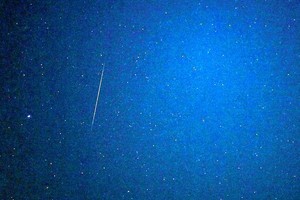
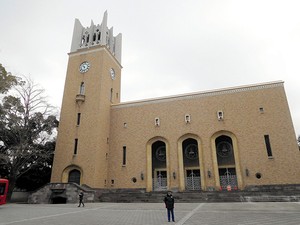
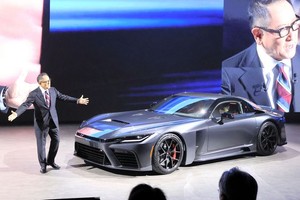
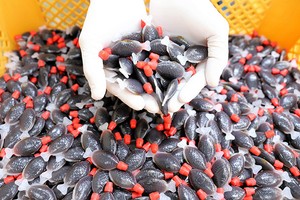

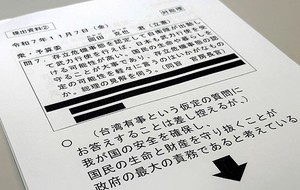


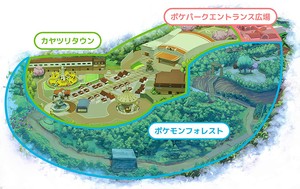




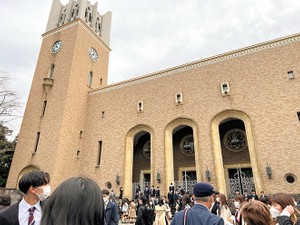

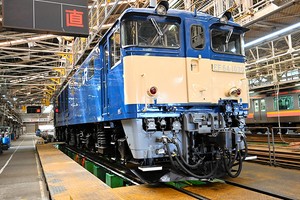

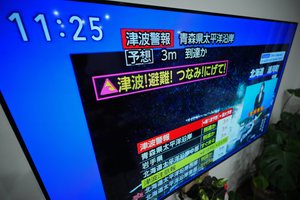
A peek through the music industry’s curtain at the producers who harnessed social media to help their idols go global.
A series based on diplomatic documents declassified by Japan’s Foreign Ministry
Here is a collection of first-hand accounts by “hibakusha” atomic bomb survivors.
Cooking experts, chefs and others involved in the field of food introduce their special recipes intertwined with their paths in life.
A series about Japanese-Americans and their memories of World War II